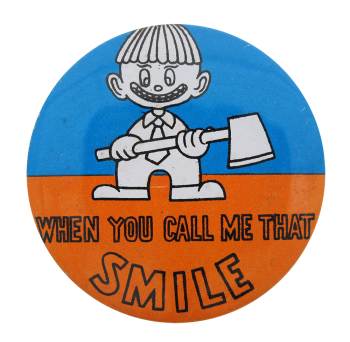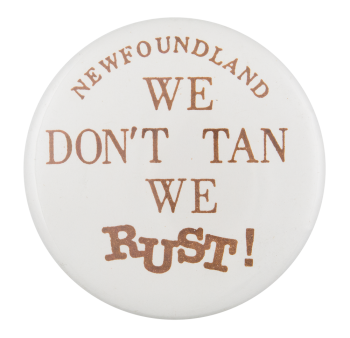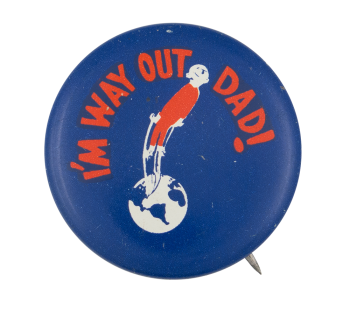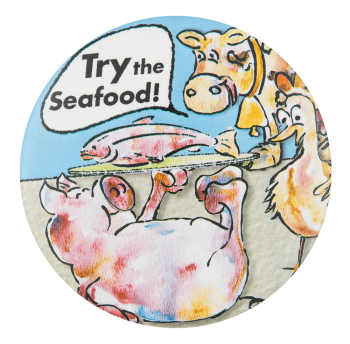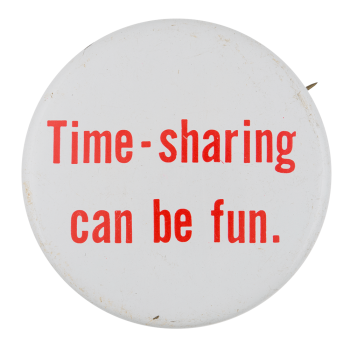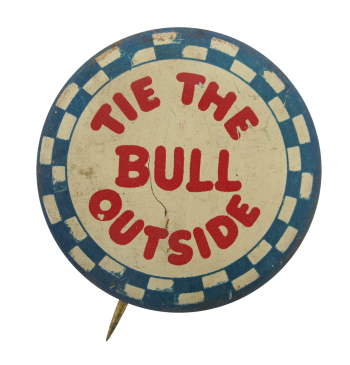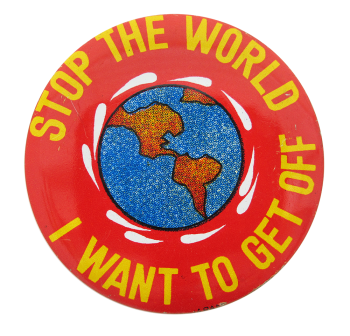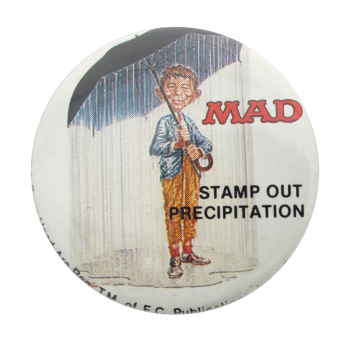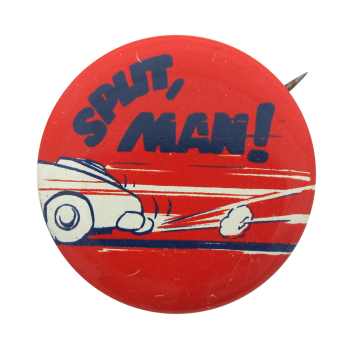Who The Hell Is Pixel
| Category | |
|---|---|
| Additional Images | |
| Text on Button | Who the hell is pixel? |
| Image Description | Black text on a white background. |
| Back Style | |
| The Shape | |
| The Size | |
| Additional Information | This button may have been given out at a computer conference to promote Google Pixel machines, PEL (Pixel Elements LTD.) or Pixel, a Greek computer magazine. With the exception of Pixel magazine, the former two only had a brief existence during the 1980's. The button may also have been manufactured by Computer World magazine. Have info on this button? Become a Button Museum fan and let us know. |
| Catalog ID | HU0109 |

